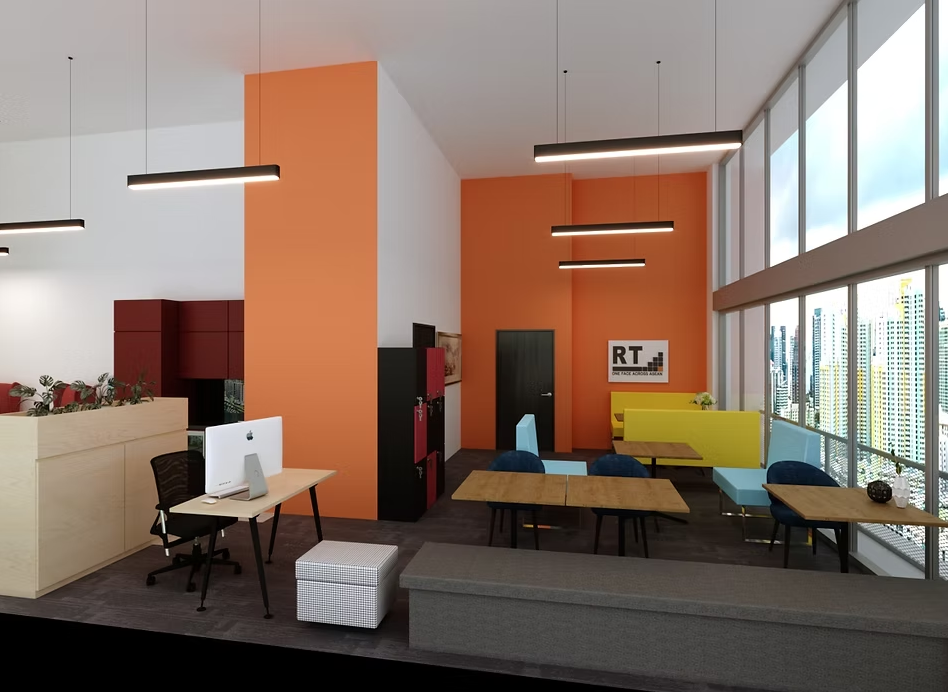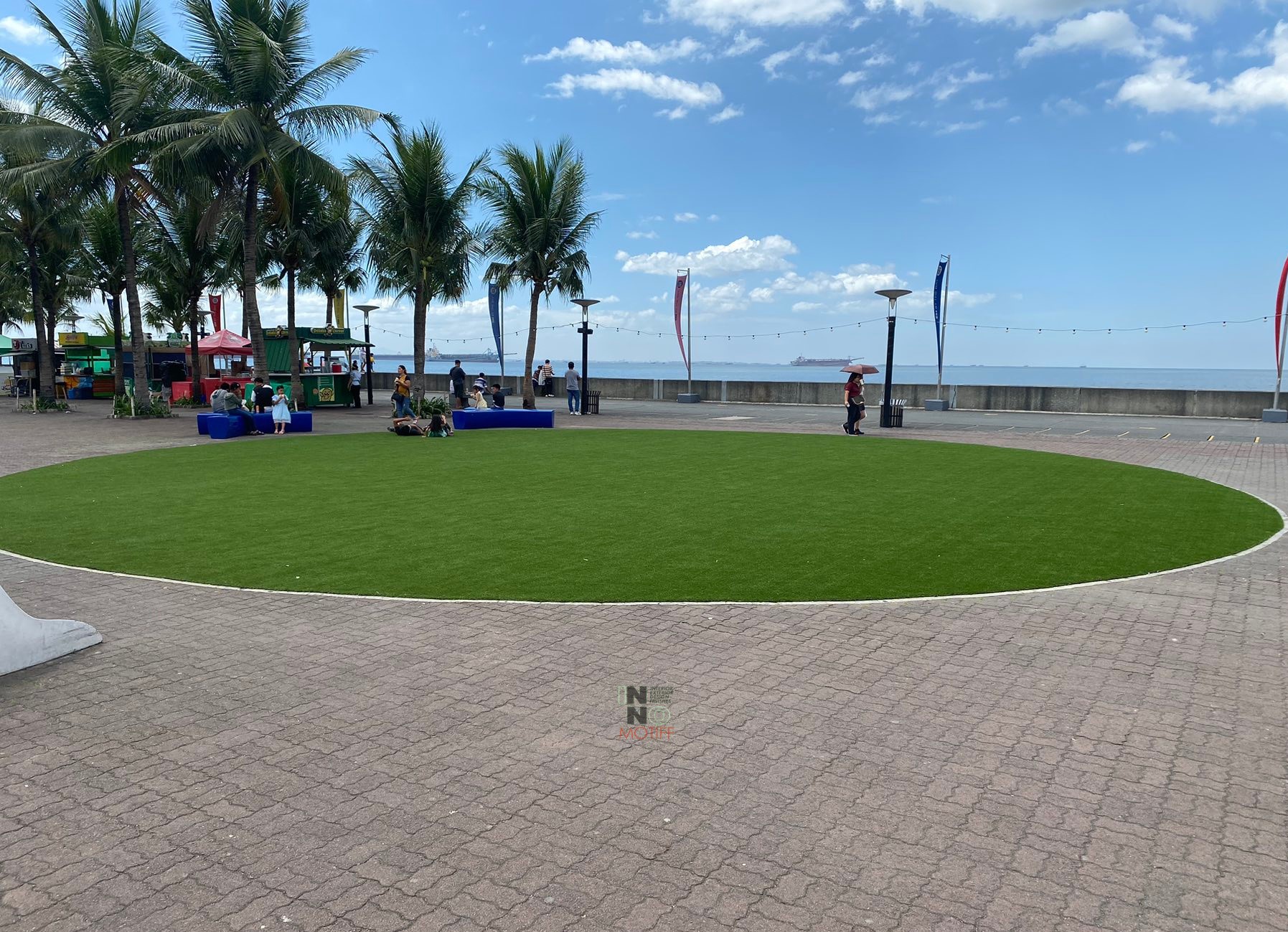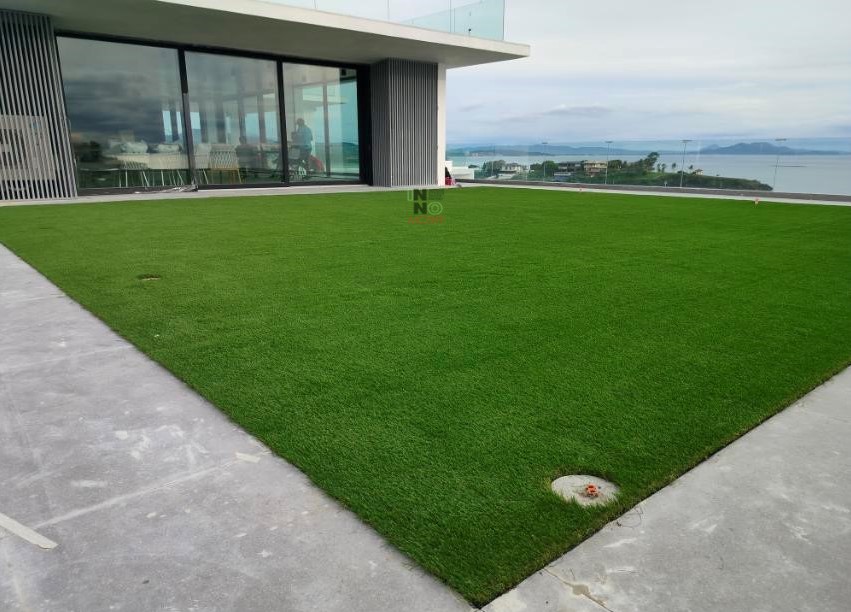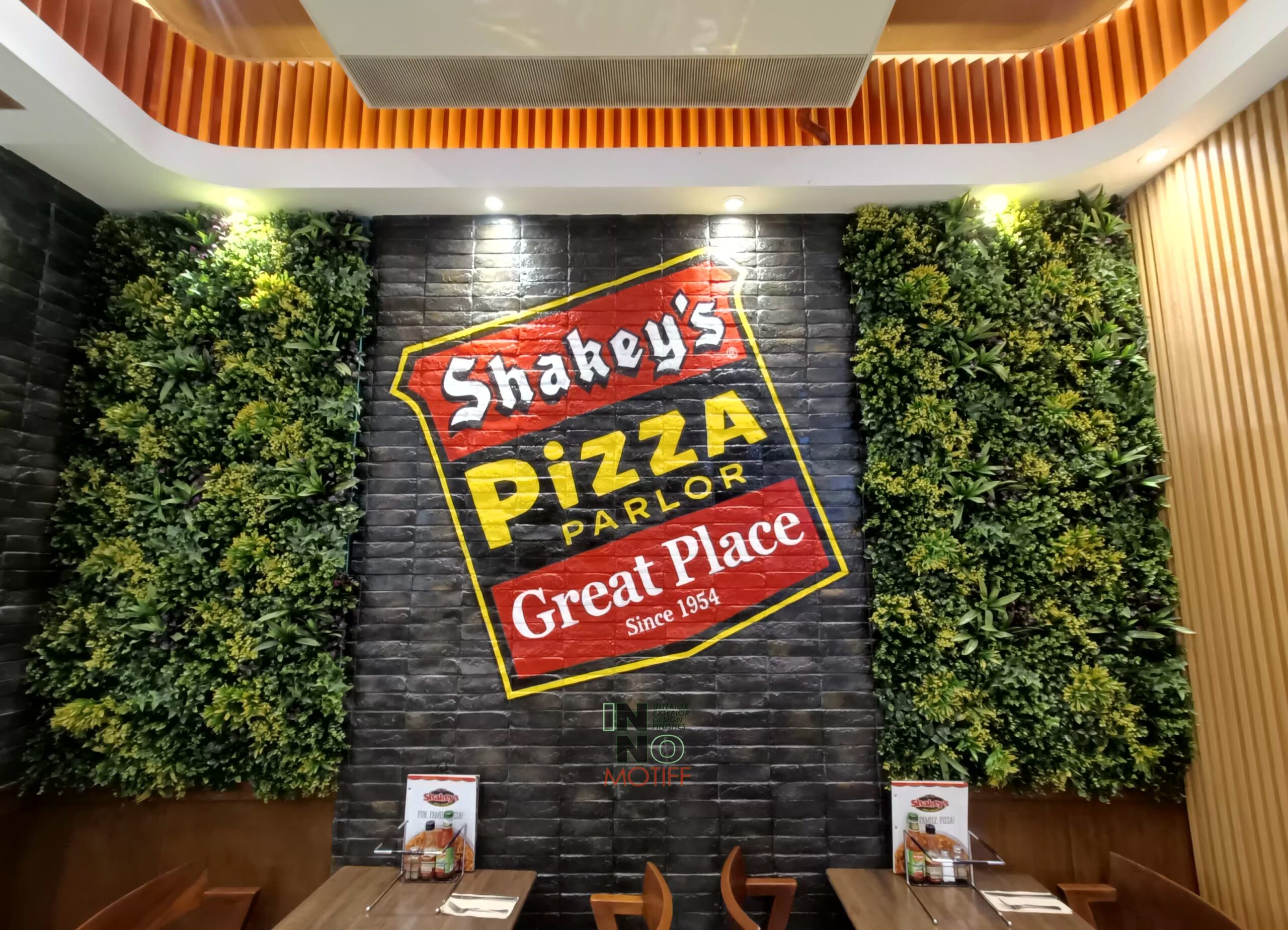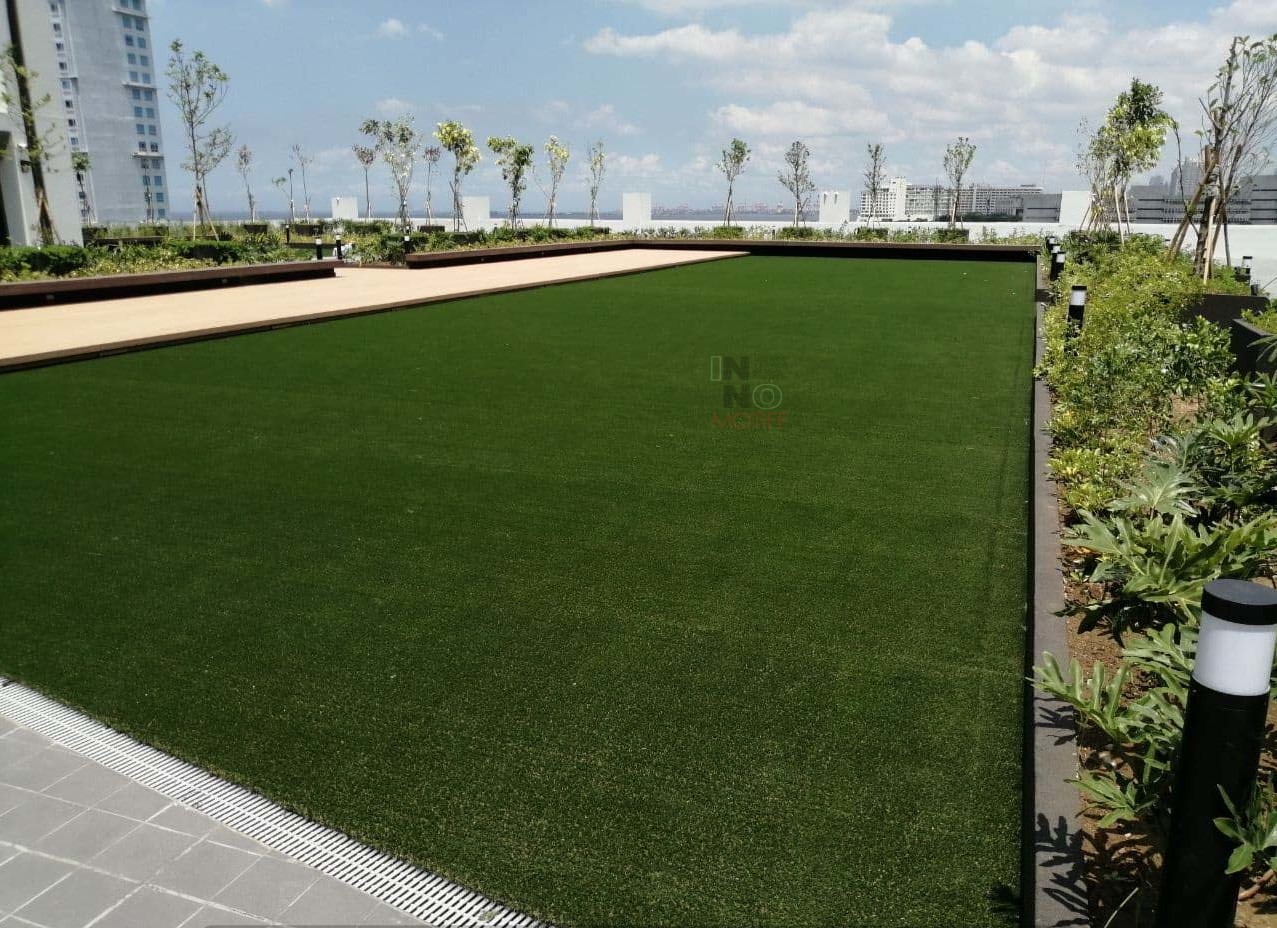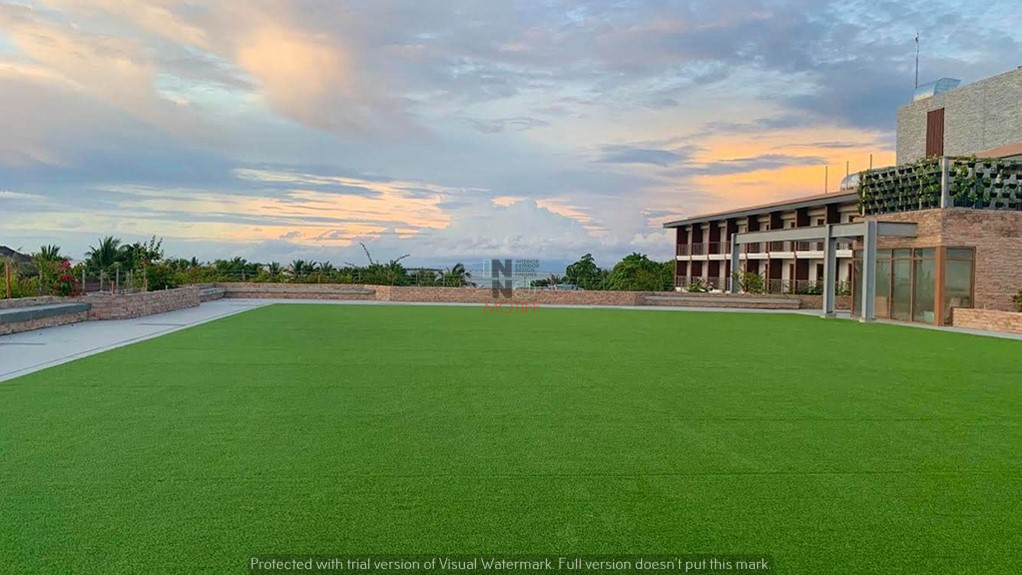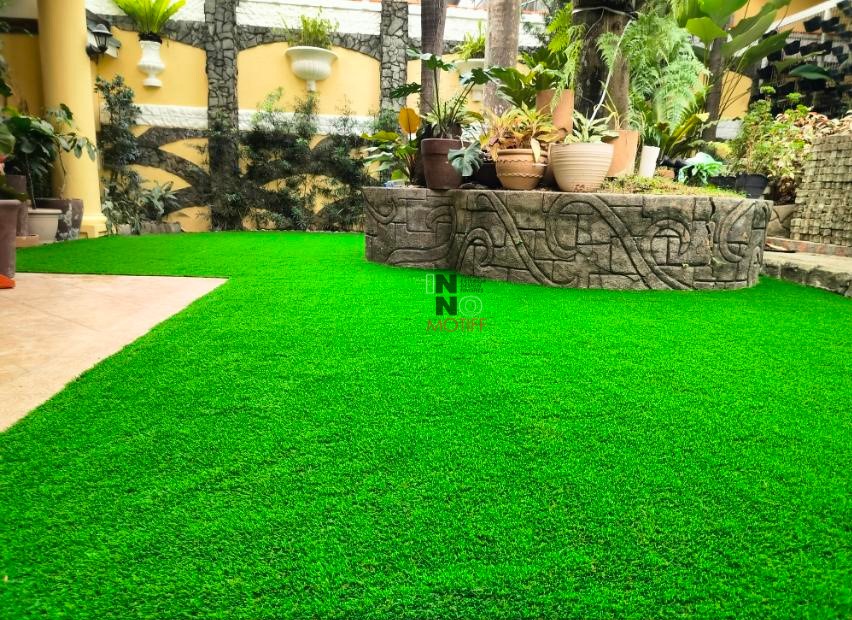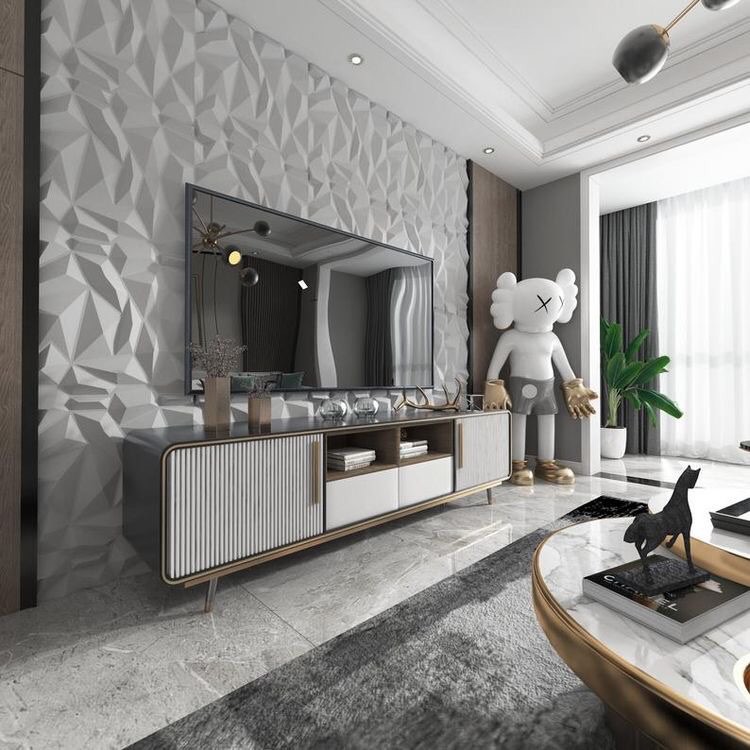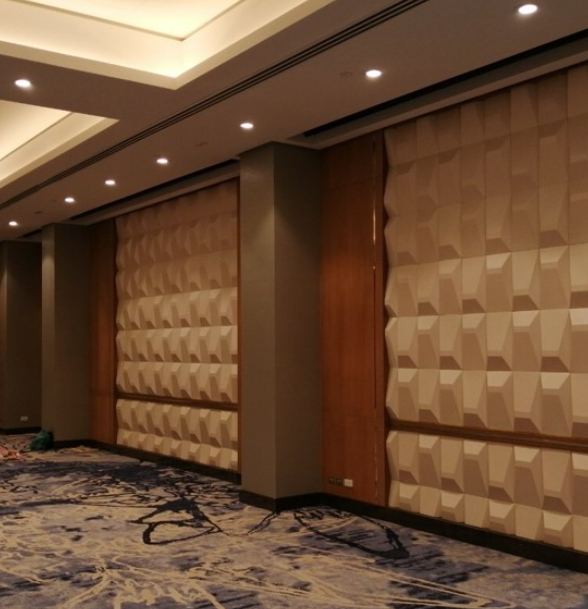The Importance of Interior Design for Commercial Spaces
Interior design for commercial spaces plays a crucial role in shaping the perception of clients and employees alike. A well-designed space can boost productivity, enhance mood, and create a strong brand identity. Every element, from lighting to furniture placement, contributes to how people experience the environment. Spaces that are cluttered or poorly planned can lead to stress and inefficiency, affecting both staff performance and customer satisfaction. Strategic interior design ensures that the space communicates professionalism, innovation, and attention to detail. Beyond aesthetics, it also addresses functionality, ensuring smooth movement and accessibility throughout the premises. Companies that invest in thoughtful interior design often see improved employee engagement and more positive interactions with clients.
Key Principles of Effective Commercial Interior Design
Effective commercial interior design balances style and practicality while focusing on the user experience. Functionality and flow are critical, ensuring that every area supports its intended purpose without causing bottlenecks or confusion. Designs must also be flexible, allowing businesses to adapt spaces as they grow or change operations. Sustainability is another major consideration, with eco-friendly materials and energy-efficient systems becoming increasingly important. The choice of furniture, finishes, and layout should reflect the company’s brand and values. Integrating natural elements, ergonomic solutions, and smart lighting enhances both comfort and aesthetics. Ultimately, thoughtful design combines beauty and utility to create spaces that are efficient, welcoming, and memorable.
Popular Trends in Commercial Interior Design
Commercial interior design trends are constantly evolving, with businesses looking for ways to stand out and create meaningful experiences. Minimalist and modern approaches remain popular due to their clean lines and timeless appeal. Biophilic design, which incorporates natural elements like plants and water features, improves mental well-being and indoor air quality. Technology integration is increasingly common, with smart lighting, automated systems, and ergonomic furniture making spaces more efficient and user-friendly. Many businesses use interior elements to reinforce branding, from color palettes and textures to signage and decorative accents. Mixed-use areas, flexible workstations, and multipurpose rooms reflect the shift toward adaptable commercial environments. Prioritizing both functionality and creativity ensures that spaces feel engaging without compromising efficiency.
Materials, Colors, and Finishes That Make an Impact
The materials, colors, and finishes chosen for commercial interiors have a lasting effect on both aesthetics and durability. High-traffic areas require resilient flooring such as polished concrete, hardwood, or commercial-grade tiles. Wall finishes, including textured panels or eco-friendly paints, create visual interest while being easy to maintain. Color choices influence mood and perception, with bright tones energizing spaces and muted shades promoting focus and calm. Textures, from soft fabrics to sleek metals, add depth and sophistication to interiors. Selecting finishes that resist wear and tear ensures that the space remains inviting for years. Accent materials like glass, stone, and wood can create a premium feel and reflect brand identity. Thoughtful combinations of materials and colors result in a cohesive and professional environment.
Space Planning and Layout Strategies
Strategic space planning is essential for optimizing functionality and accessibility in commercial interiors. Layout decisions depend on the type of space, whether it’s retail, office, hospitality, or healthcare. Circulation is a major factor, ensuring that employees and clients move smoothly without obstruction. Open-concept layouts encourage collaboration, while partitioned spaces provide privacy and focus when needed. Storage solutions, such as built-in cabinets and multifunctional furniture, help maintain organized and clutter-free environments. Designers often incorporate modular furniture and flexible layouts to accommodate changing needs. Well-planned spaces also improve lighting distribution, acoustics, and overall comfort, making them more efficient and appealing.
Lighting Design in Commercial Interiors
Lighting is one of the most powerful tools in interior design for commercial spaces. Proper illumination not only enhances aesthetics but also affects mood, productivity, and customer behavior. Natural light is ideal for creating vibrant, healthy environments, while artificial lighting supplements areas that lack windows. Layered lighting strategies, combining ambient, task, and accent lights, provide versatility and visual interest. Energy-efficient lighting solutions, such as LEDs and smart controls, reduce operational costs while supporting sustainability goals. Lighting can also reinforce branding, guiding customers through spaces and highlighting key areas. Choosing the right lighting fixtures ensures a balance between function and style. Attention to brightness, color temperature, and placement creates spaces that are welcoming and efficient.
Incorporating Technology in Commercial Interior Design
Technology is increasingly shaping modern commercial interiors, transforming how businesses operate and interact with clients. Smart office solutions, including automated lighting, climate control, and IoT-enabled devices, improve efficiency and convenience. Interactive displays, digital signage, and kiosks enhance customer engagement and streamline operations. Technology also supports security, safety, and maintenance monitoring, ensuring that commercial spaces remain protected and well-maintained. Integrating tech seamlessly into the design ensures that it complements the aesthetics rather than overwhelming it. Businesses can also use technology to gather insights about space utilization and optimize layouts. Thoughtful tech integration enhances both the functionality and appeal of commercial interiors.
Working with a Professional Interior Design Consultant
Partnering with a professional interior design consultant ensures that commercial projects achieve maximum impact and efficiency. Experts bring knowledge of materials, trends, regulations, and project management that helps businesses avoid costly mistakes. Consultants collaborate with clients to understand their vision, brand identity, and operational requirements. They manage timelines, budgets, and vendor coordination, ensuring smooth execution from concept to completion. A skilled designer can suggest innovative solutions, optimize space usage, and create cohesive aesthetics that reflect the company’s values. Their expertise also includes sustainability practices, accessibility standards, and ergonomic design principles. Working with professionals ultimately results in a polished, functional, and brand-aligned commercial environment.
Frequently Asked Questions
How much does interior design for commercial spaces typically cost? Costs vary depending on the size of the space, materials used, complexity of design, and location. Simple renovations may start in the lower thousands, while large-scale commercial projects can reach six figures.
How long does a commercial interior design project usually take? Project duration depends on the scope and scale. Small retail spaces may take a few weeks, while offices or multi-floor commercial projects can last several months.
Can interior design improve employee productivity? Yes, well-designed spaces improve workflow, reduce stress, and boost morale, leading to higher productivity levels.
What are the most durable materials for high-traffic commercial spaces? Polished concrete, hardwood, laminate, commercial-grade tiles, and metal accents are among the most durable and long-lasting options.
How can small commercial spaces feel larger through design? Using light colors, strategic lighting, open layouts, mirrors, and multifunctional furniture can create a sense of spaciousness and openness.
Takeaway
Interior design for commercial spaces is more than just decoration—it is a strategic tool that enhances brand identity, employee efficiency, and customer experience. By prioritizing functionality, aesthetics, and adaptability, businesses can create environments that are both visually appealing and operationally effective. Collaboration with experienced design consultants, careful selection of materials, and thoughtful integration of technology ensures that every commercial space reaches its full potential. Investing in professional interior design transforms ordinary spaces into powerful expressions of a company’s vision and values, leaving lasting impressions on everyone who enters.

